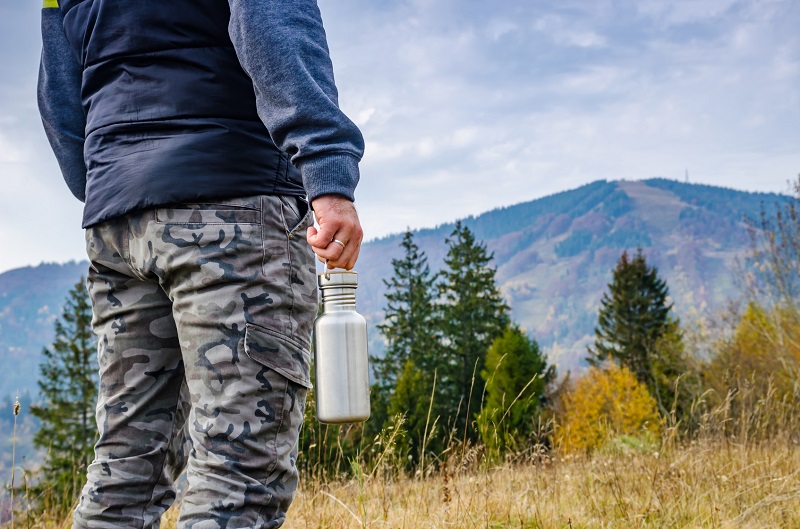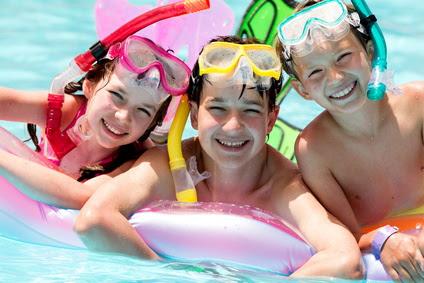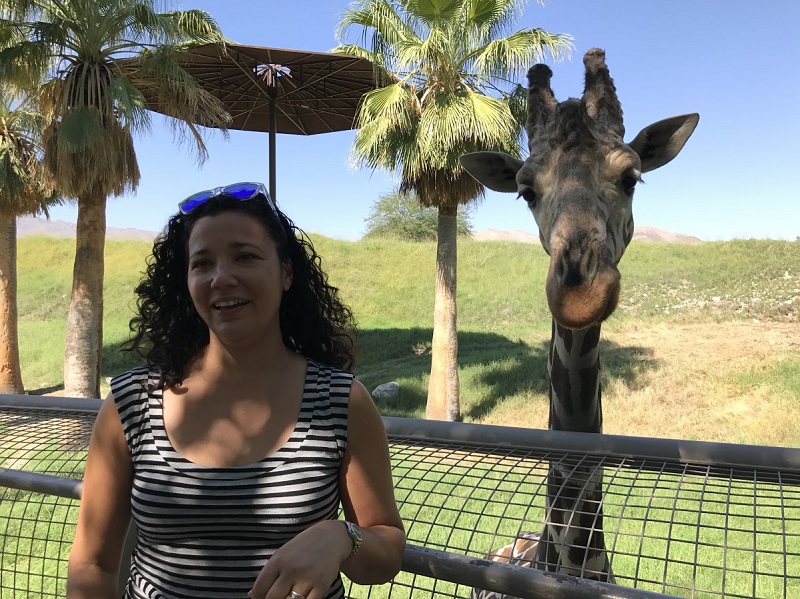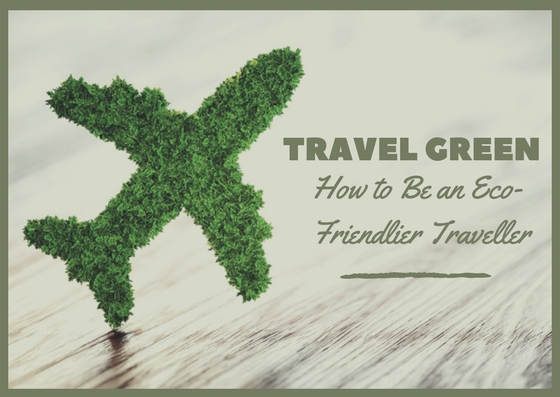You’re getting ready to head off for a vacation in paradise. But you’re hopping on a fume-emitting jumbo jet to get there. If you want to travel green, you’ll probably re-use your hotel towel and bed sheets. What else can you do to be eco-friendly while away from home?
“It all starts with being intentional when you‘re packing and planning your trip,” says Green Calgary executive director, Conor Tapp. “We need to pay attention to the impact we have on the places we’re visiting. We are guests, and we don’t want to leave an impact.”
Re-use
“Think about the things you use while travelling that are single-use,” Conor says.
• Choose reusable plastic or stainless steel straws will cut down on waste generated by single-use products – that way, you’re not generating waste in place. Green Calgary’s EcoStore is one of a number of shops that carry reusable straws, along with a brush to clean out the inside. Or dispense with the straw altogether.

• Pack a reusable water bottle or travel coffee mug. “I use mine when I travel, and I stuff it full of socks. When I land I give it a quick rinse, and it’s ready to use, and now I’m not buying water,” Conor says, noting that many hotels offer filling stations where you can replenish your bottle with filtered water.
Go chemical-free
Clean water is critical not only for individuals but also for entire ecosystems. Many countries do not have the same robust water filtration systems that Canada does. This means that any personal care products containing chemicals or things like microbeads “are big factors in countries where they don’t have a strong water filtration system,” Conor notes. “You are more or less pouring that chemical right into their drinking water and their biosphere.” If you are packing your own toiletries to bring with you, such as sunblock, shampoo, conditioners, body wash or makeup, consider choosing products that are more natural. “Talk with vendors. It might mean going to a health food store to find what you’re looking for and purchasing something that will have less of an impact on that local ecosystem. In delicate ecosystems, you have to be conscious and intentional,” says Conor, who recommends getting a list of approved personal care products before travelling. “Reach out to them to find out what you can bring in.”
When it comes to sunscreen, for example, Conor suggests checking which manufacturers offer a product line that’s better for the environment (safe for coral reefs, for example). Depending on your destination, there could be restrictions on the type of sunblock you can use – some areas in Mexico, for example, can be very restrictive about the types of products they allow.
South of Cancun, at Xel-Há on the Riviera Maya, where freshwater meets the ocean, and people go swimming and snorkelling with stingrays and barracudas, there’s a Chemical-Free Sunscreen Exchange program that allows people to bring in chemical-containing sunscreen and exchange it for a sunscreen that’s safer for the environment.

Only use approved sunscreen when snorkelling in natural bodies of water
Buy local
You can also be ecologically conscious in what you buy.
“We want to purchase locally as much as we can. We can find imported tourist trap gifts anywhere, but if you want something that really captures that memory of that trip, look for something handmade. Go to where the locals are and find a gift that was made by somebody in that place. It’s going to have little to no packaging, so you’re reducing your impact, and you’re supporting that local economy,” Conor says.
“We need to be intentional about what our impacts are. It’s not about trying to have no impact at all. With travelling and living in general, we are going to be impacting the earth. It’s about being knowledgeable about our impact. We know we are going to be in an airplane or a car and we accept that and what are the things we can control?”
Take only pictures…
‘Take only pictures, leave only footprints’ is a good motto to live by, according to Emily Giles, World Wildlife Fund (WWF) Canada senior specialist for species conservation. Minimizing your environmental impact when you’re visiting a sensitive natural environment is very important, she says. For example, “even walking on corals can destroy them, and it takes them hundreds of years to grow.”
Sun protection
Rash guards can protect you not just from the sun, but also from getting a rash as a result of brushing up against corals when you’re swimming or diving.
Avoid wildlife selfies
Emily recommends avoiding taking selfies with wildlife, since “the goal is to keep wild animals wild. We encourage people to visit animals in a natural environment.

Wildlife selfies are a no-no, unless you are in an approved setting, like this animal wildlife park, under the supervision of animal handlers
“Selfies are generally not a good idea, because you don’t know the story of how that animal got there. And there is always a risk, both for you and for the animal,” she says, noting that Instagram recently issued a warning that selfies can be detrimental to wildlife.
WWF encourages people to view animals in their natural environment, from a safe distance. Most reputable tour companies will have strict rules around how close you can get.
As part of this, “don’t feed wild animals,” Emily adds.
“Do your research. If you want to see wildlife while on holiday, make sure you’re going with a reputable company that will put conservation and local communities first.”
Kenya in East Africa, for example, has done a lot to preserve local wildlife for conservation and ecotourism. “It has been a great incentive for them to conserve wildlife,” Emily says. “The more that local people benefit, the more conservation benefits as well.”
She adds: “The goal is to keep wild animals wild as much as possible so that people can continue to enjoy them. Nothing really compares to that real life thrilling experience of seeing your favourite animal in the wild.”





